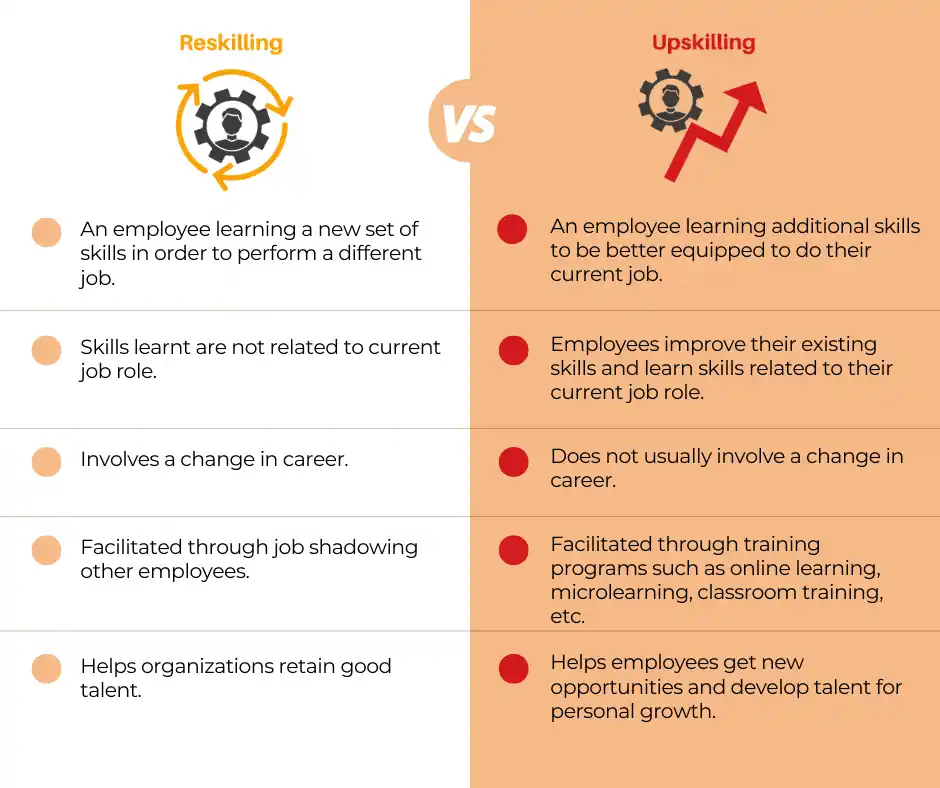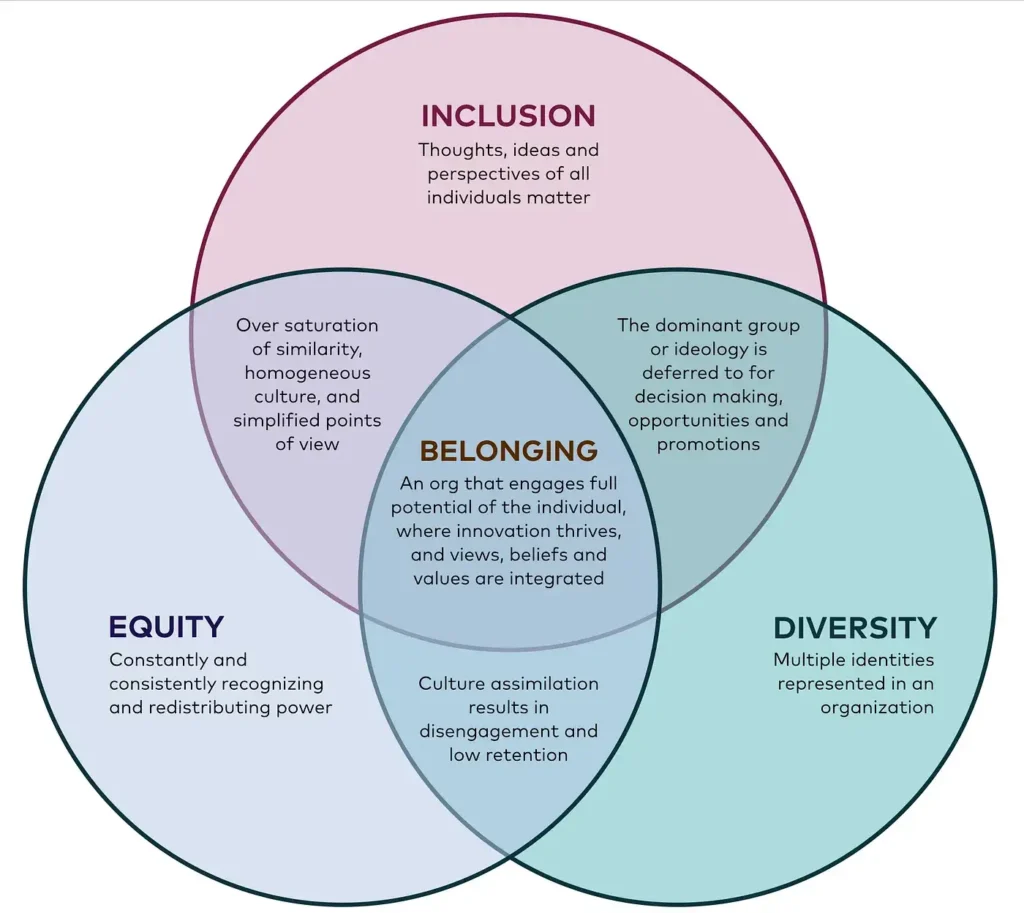The nature of global hiring trends is transforming in 2025 due to social and economic developments, technology improvements, and modifications in workforce behaviors. Businesses must adapt to a market characterized by AI-powered efficiency, remote work practices, and the heightened importance of diverse thinking.
Given that data forms the backbone of decision making, it’s vital to grasp the nuances of recruitment patterns now more than ever. Doing so provides valuable insights for formulating strategies and maintaining competitiveness in today’s evolving labor market.
The Rise of Remote Work: A Permanent Fixture?
The worldwide pandemic has brought about a permanent change in how we view work. Rather than fading away as time passes, remote work is thriving as we move closer to 2025. Organizations globally are embedding remote opportunities into their long-term strategies.
- Data indicates a stark increase in remote job postings and applications.
- Transitional remote policies have evolved into established frameworks.
- Employees are demanding flexibility, driving companies to adapt or risk talent loss.
- Surveys reveal that remote work boosts productivity while reducing overhead costs.
- Diverse hiring opportunities have emerged, unrestricted by geographical boundaries.
Remote work’s endurance signals a redefined workplace, establishing itself as more than a trend—potentially a cornerstone of modern employment.
Technological Advancements Shaping Recruitment
The way companies hire employees underwent significant changes by 2025 due to groundbreaking technological innovations:
- Artificial Intelligence: AI-driven tools are now standard in candidate screening, predicting success metrics, and reducing unconscious bias, fostering diversity.
- Automation: Robotic Process Automation (RPA) streamlines repetitive tasks such as resume parsing and interview scheduling, improving operational efficiency.
- Virtual Reality (VR): VR has revolutionized the interview process, allowing candidates to experience simulated job environments and assess their fit realistically.
- Data Analytics: Big Data now plays a pivotal role in strategic decision-making, helping companies to identify talent trends and optimize recruitment campaigns.
- Social Recruiting: Platforms like LinkedIn continue to evolve, harnessing advanced algorithms to match potential candidates with job listings more accurately.
- Mobile Recruiting: Mobile-first applications cater to the increasing number of job seekers using smartphones, enabling a seamless application process.
The Impact of Economic Shifts on Global Employment
Economic fluctuations significantly influence the global hiring trends. Here are a few consequences of these shifts:
- Transformation in Industries: As economies evolve, certain sectors expand while others contract, leading to job creation in emerging industries and potential job loss in declining ones.
- Geographic Variations in Job Opportunities: An economic shift might result in a disparity in job availability, with some regions experiencing a surge in employment, while others face increased unemployment.
- Skill Discrepancy: The demand for specific skill sets rises and falls with economic changes. Workers may find their skills obsolete, necessitating retraining for current market needs.
- Wage Fluctuations: Economic expansions and contractions can lead to wage inflation or deflation, affecting workers’ purchasing power and standard of living.
- Migration Trends: Job seekers might migrate to places with more opportunities, impacting both the labor market and local economies.
The focus on constant learning indicates that being able to adapt is becoming more crucial for employees than simply having experience.
Upskilling and Reskilling: Lifelong Learning as the New Norm
The global hiring trends for 2025 are heavily geared towards continuous learning and development. Companies have come to understand that owing to the swift speed at which technology evolves, several abilities can become outdated rapidly, whereas fresh fields of expertise arise promptly.
Consequently, professional progressions are becoming more fluid rather than following a traditional straight path, necessitating employees to constantly learn and adapt to new competencies.

Image Source: https://whatfix.com/blog/reskilling/
- Adaptability and Flexibility: Both employers and employees prioritize adaptability, with career paths becoming more fluid.
- Investment in Learning Platforms: Corporations are increasingly investing in e-learning platforms to facilitate continuous education.
- Government Initiatives: Governments worldwide are launching programs to support reskilling, particularly in tech-driven sectors.
- Collaborative Learning: Cross-industry partnerships are forming to share knowledge and resources for workforce development.
- Personalized Learning Paths: Data analytics allow for customized learning experiences, catering to individual career goals and skill gaps.
This emphasis on continuous learning suggests that adaptability, rather than experience alone, is becoming the hallmark of a valuable employee.
The Growing Emphasis on Diversity, Equity, and Inclusion

Image Source: https://medium.com/@krysburnette/its-2019-and-we-are-still-talking-about-equity-diversity-and-inclusion-dd00c9a66113
Workplaces have witnessed a surge in interest around Diversity, Equity, and Inclusion (DEI), which progressive organizations now see as crucial to their overall development and expansion strategies. Prioritising DEI leads to several tangible benefits, including fostering innovation, improving productivity, and contributing positively to society.
Moreover, these DEI principles translate directly into financial returns, revealing that profitability and social consciousness need not be mutually exclusive pursuits. Integration of such practices ultimately strengthens firms by increasing their sustainability, resiliency, and prospects for enduring success.
- Companies are actively seeking candidates from varied backgrounds to enrich their organizational culture and reflect the diverse clientele they serve.
- Recruitment processes are being redesigned to mitigate unconscious biases and foster an inclusive environment right from the hiring stage.
- Metrics are implemented to track progress in DEI initiatives, ensuring accountability and continuous improvement.
This pattern highlights a dedication towards establishing work environments in which every employee feels appreciated and motivated to fully utilize their abilities.
Conclusion: Preparing for the Future Workforce
Employers must embrace a strategic approach to adapt to the evolving market. This includes:
- Investing in training programs to upskill current employees.
- Cultivating a culture that values adaptability and continuous learning.
- Leveraging data analytics to predict and prepare for industry trends.
- Fostering partnerships with educational institutions for a talent pipeline.
- Implementing technology to streamline hiring and retain top talent.
Anticipation of modifications and corresponding preparation enable organizations to retain competitiveness while equipping their personnel with skills necessary for the future. This strategic approach ensures readiness for upcoming challenges, thereby promoting sustainability and growth.



